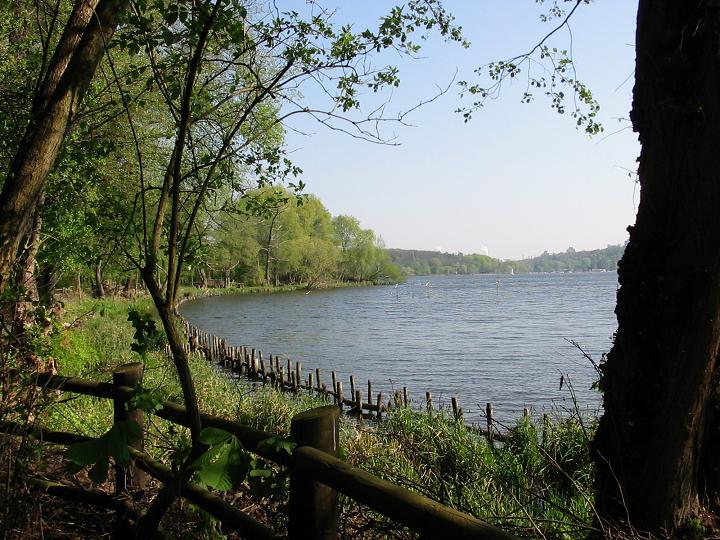Highlights
• Spatial effects of forests, parks, and fields on apartment prices are estimated.
• Forests generate indirect benefits in the urban core and direct in the urban fringe.
• Parks generate direct and indirect benefits in the urban core.
• Fields generate direct benefits in the urban fringe and no indirect spillovers.
• Successful green interventions are location-, benefit-, and goal-sensitive.
Abstract
As the importance of urban green spaces is increasingly recognised, so does the need for their systematic placement in a broader array of socioeconomic objectives. From an urban planning and economics perspective, this represents a spatial task: if more land is allocated to various types of green, how do the economic effects propagate throughout urban space? This paper focuses on the spatial marginal effects of forests, parks, and fields and estimates spatial hedonic models on a sample of apartment transactions in Helsinki, Finland. The results indicate that the capitalization of urban green in apartment prices depends on the type of green, but also interacts with distance to the city centre. Additionally, the effects contain variable pure and spatial spillover impacts, also conditional on type and location, the separation of which highlights aspects not commonly accounted for. The planning of green infrastructure will therefore benefit from parameterizing interventions according to location, green type, and character of spatial impacts.
...
The full-sample estimation explained 78% of price variation and returned the expected signs for all hedonic coefficients, except for that of distance to a forest. An increase in the debt and maintenance costs and a decrease in the condition of the property decreases price/m2. Additional rooms have a negative effect, reflecting the diminishing marginal utility of additional units of space. Increase in the property's age decreases price until historical status becomes relevant and price increases again. The yearly dummy variables are significant, indicating a drop in the average level of selling price/m2 from 2000 to 2001, followed by an increase from 2002 onwards. Increased distance to the city centre and coastline decrease price, whereas lot size is not significantly different from zero. The coefficients of the proxies for noise and air pollution disamenities are significant; a 100-meter increase in distance to rails increases average m2 price by 0.15%, while the corresponding increase for over-ground metro line is 0.19% and for major road is 0.36%.

The estimation supported the assumption of a CBD gradient in the marginal effects of parks and fields. Increased distance to a park decreases prices in the city centre, or, conversely decreasing the distance of a downtown property to a park increases its price, with the effect gradually declining as distance to the CBD increases. The maximum effect is estimated to a decrease of 1.5% in the m2 price when distance to a park increases 100 m, which is in the same range to the effect of recreational forests in the study of Tyrväinen (1997) that reports a corresponding increase of 0.5% (after currency conversion and average price normalization).... Increased distance to fields decreases price in the urban fringe, or conversely, decreasing the distance of a suburban property to fields increases its price. The maximum effect along this gradient is a decrease of 1.1% in m2 price when distance to a field increases by 100 m.

